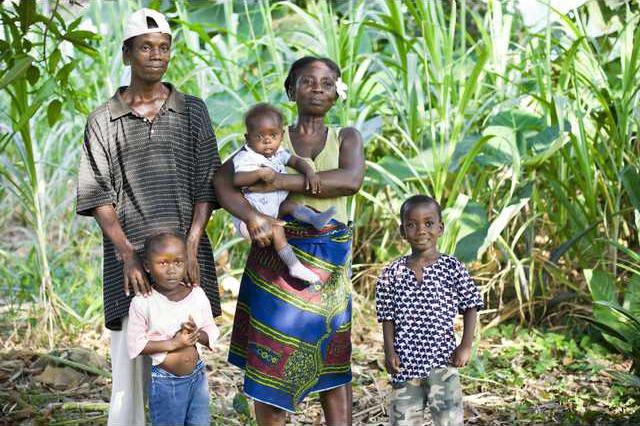As Deseret News National reported last week, birth rates in America have dipped fairly low, but that's not the case everywhere. African countries are beating everyone else in terms of fertility rates.
According to a new analysis by New Security Beat, a blog that functions as part of the Wilson Center's Environmental Change and Security Program, Central, Western and Eastern Africa have unusually high fertility rates compared to other regions in the world.
The chart included in the analysis comes from an analysis of data from the Demographic and Health Survey program and United Nations Population Division, and shows that while fertility rates overall are dropping globally, it's happening at a much slower pace in these African regions.
There are many factors that contribute to the difference, as the New Security Beat highlights, such as the average marriage age for women which is younger in these regions, typically 18 or 19 compared to European countries which rest at an average of 30 years old and access to birth control.
But one factor that is particularly interesting is what the analysis calls "preferences about family size."
According to Elizabeth Leahy Madsen, who wrote about the study for New Security Beat, there is a strong correlation between the high fertility rates and an actual preference for more children. The big exception is in the Eastern African region, which has high fertility rates, and a much lower "ideal number of children."
According to Madsen, however, the ranking of "ideal family size" measurements come with some caveats.
"It may reflect social or cultural norms that favor large families, while the economic and other constraints that individual families and women face in raising children have greater influence in actual fertility decisions," she said.
According to a new analysis by New Security Beat, a blog that functions as part of the Wilson Center's Environmental Change and Security Program, Central, Western and Eastern Africa have unusually high fertility rates compared to other regions in the world.
The chart included in the analysis comes from an analysis of data from the Demographic and Health Survey program and United Nations Population Division, and shows that while fertility rates overall are dropping globally, it's happening at a much slower pace in these African regions.
There are many factors that contribute to the difference, as the New Security Beat highlights, such as the average marriage age for women which is younger in these regions, typically 18 or 19 compared to European countries which rest at an average of 30 years old and access to birth control.
But one factor that is particularly interesting is what the analysis calls "preferences about family size."
According to Elizabeth Leahy Madsen, who wrote about the study for New Security Beat, there is a strong correlation between the high fertility rates and an actual preference for more children. The big exception is in the Eastern African region, which has high fertility rates, and a much lower "ideal number of children."
According to Madsen, however, the ranking of "ideal family size" measurements come with some caveats.
"It may reflect social or cultural norms that favor large families, while the economic and other constraints that individual families and women face in raising children have greater influence in actual fertility decisions," she said.





